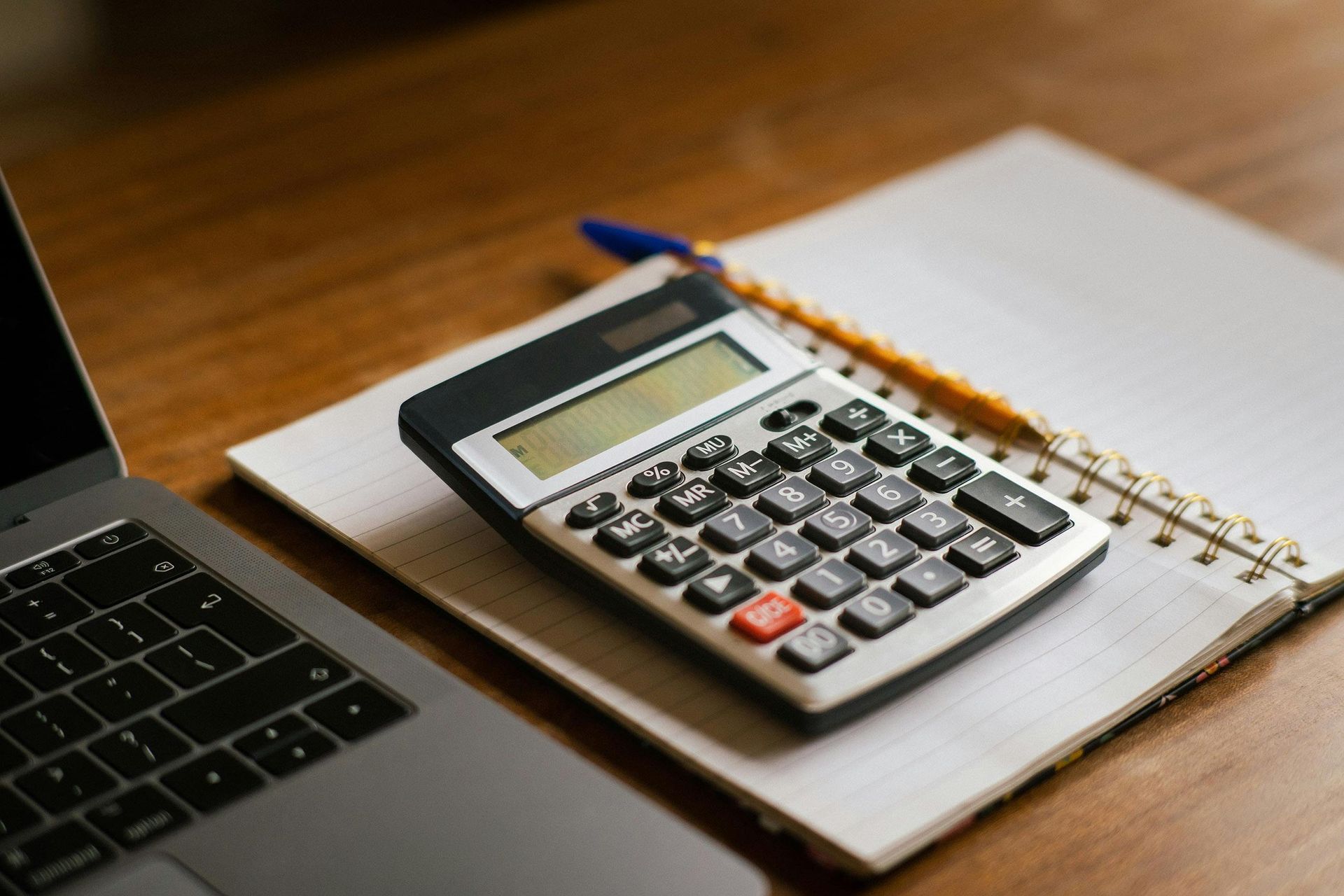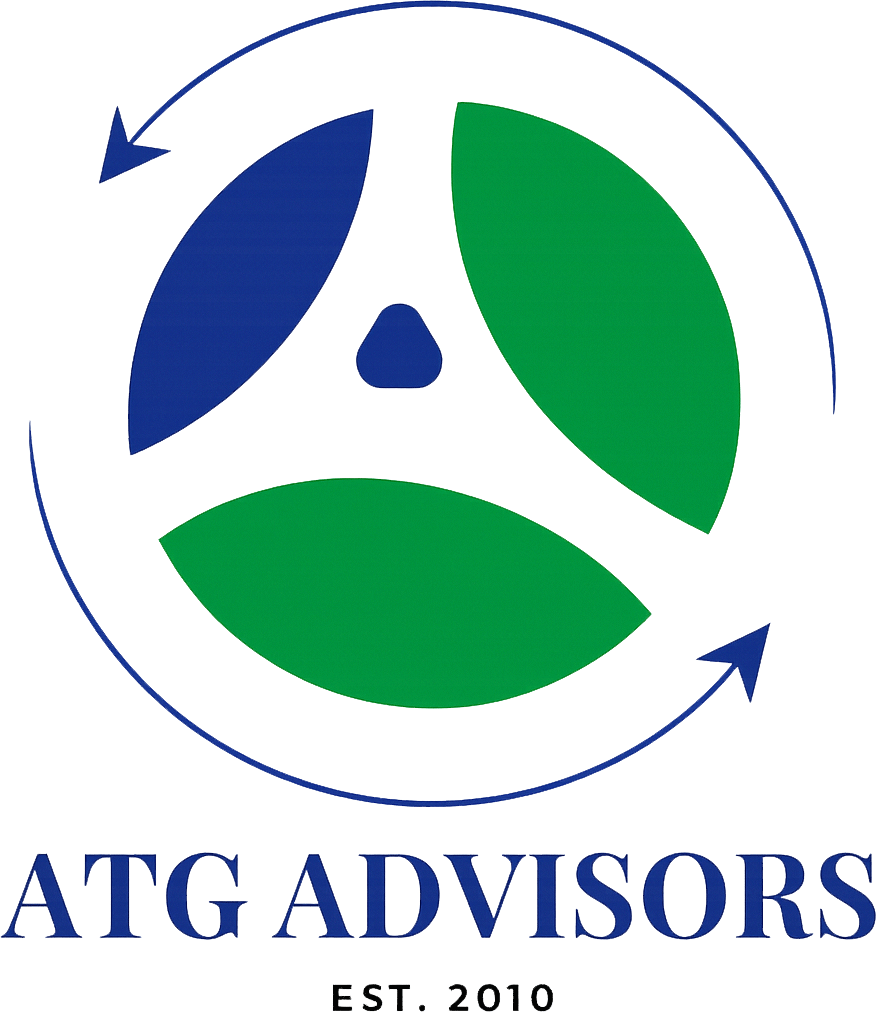How to Pass a Financial Audit: 10 Steps for Internal Readiness
Financial audits can feel daunting—even for well-managed organizations. Whether it’s your first audit or your tenth, preparing ahead of time is essential to avoid last-minute stress, compliance risk, or reputational damage. For nonprofits, healthcare providers, municipal vendors, and growth-stage businesses, audits are often required for grant funding, investor due diligence, or regulatory compliance.
But What Is a Financial Audit?
At its core, a financial audit is a verification process. It’s when an independent third party—usually a CPA firm or government agency—reviews your financial records to confirm that what you’ve reported is true, accurate, and fully supported. Auditors examine your numbers, your internal controls, and your documentation to ensure you’ve told the financial truth.
In short:
A financial audit verifies what you’ve claimed—by checking that your income, expenses, and financial practices align with laws, policies, and reporting standards.
Audits are common in situations where public trust or third-party funding is involved, and they’re designed to ensure transparency, accountability, and compliance with rules like GAAP, IRS code, or grant requirements.
10 Steps to Prepare for a Financial Audit
1. Conduct a Pre-Audit Self-Assessment
Start by reviewing last year’s financials and comparing them to your current statements. Use this time to:
- Reconcile accounts
- Ensure documentation supports all major entries
- Note any large or unusual transactions that may need explanation
📌 ATG Tip: Our audit readiness checklist helps you identify gaps and reconcile issues before auditors do.
2. Organize and Index Your Financial Documents
Auditors expect access to a wide range of records, including:
- Trial balances
- General ledgers
- Bank statements and reconciliations
- Invoices, receipts, and contracts
- Payroll reports and tax filings
- Board meeting minutes (for nonprofits)
Organize your records into clearly labeled folders—physically or digitally. Use a consistent naming convention and consider providing a “document index” to make auditor review faster.
🔐 Cloud Storage Note: Secure cloud systems like SharePoint or Google Drive (with limited access permissions) can speed up collaboration and reduce auditor downtime.
3. Review Internal Controls
Internal controls are your organization's policies and procedures that safeguard assets and ensure accurate financial reporting. Auditors will review:
- Who approves expenses and budgets
- How payments are processed and tracked
- How access to financial systems is granted
- How bank accounts and credit cards are monitored
⚠️ Common Issue: Small organizations often lack segregation of duties. If one person has access to receipts, approvals, and account reconciliation—it’s a red flag.
🛠️ ATG Solution: We help clients document and implement internal controls even with lean finance teams.
4. Reconcile All Accounts
Make sure your team has:
- Reconciled all bank, credit card, and loan accounts
- Matched payroll records to tax filings
- Verified vendor balances and aged receivables/payables
Adjusted inventory and depreciation schedules where applicable
👀 Auditor Red Flag: Unreconciled differences or mismatched statements between your books and bank records will immediately trigger deeper scrutiny.
5. Update Fixed Asset & Depreciation Schedules
Your fixed assets (property, equipment, vehicles) must match your depreciation logs. Ensure:
- Each item is listed with acquisition date, cost, and depreciation method
- Assets sold or discarded are removed from the books
- Depreciation entries match the year-end financials
📊 ATG Tax Advantage: We also perform cost segregation studies for businesses and nonprofits with real estate assets to accelerate depreciation and reduce tax exposure.
6. Prepare Board Meeting Minutes (Nonprofits)
If you’re a nonprofit, auditors will want to see board and committee minutes that match major financial decisions:
- Budget approvals
- Fundraising campaigns
- Executive compensation
- Capital expenditures
📝 Tip: Meeting minutes must be clear, dated, and signed to be considered legitimate documentation during audits.
7. Document Revenue Recognition Policies
Under ASC 606 (revenue recognition standard), organizations must recognize revenue when it’s earned—not just when it’s received.
Auditors may request:
- Copies of donor pledges and grant letters
- Contracts with clients or service recipients
- Documentation of restrictions on funds
📚 Nonprofit Concern: Improper revenue recognition of restricted grants is one of the most common audit failures for mission-based organizations.
8. Ensure Payroll and Tax Filings Are in Order
Payroll is often the largest expense for most organizations—and also one of the most heavily scrutinized areas.
Ensure:
- W-2s and 1099s match reported payroll
- Payroll taxes are filed and paid timely
- Employee classifications (W-2 vs. 1099) are correct
Bonuses and fringe benefits are documented and approved
🧾 ATG Payroll Compliance Service ensures your filings, deductions, and benefit programs hold up under audit and IRS review.
9. Conduct a Compliance Review
For organizations subject to federal, state, or contract-based compliance requirements (e.g., HUD, DOL, CMS, DOE), a parallel compliance audit may apply.
- Are you following grant restrictions?
- Are matching contributions properly recorded?
- Are you filing required compliance reports?
🚨 ATG Alert: Failure to comply with funder requirements could result in a revocation of grant funds or future funding ineligibility.
10. Communicate With Your Auditor in Advance
Audits run more smoothly when communication is proactive. Share:
- Your year-end close schedule
- Team availability
- Any major events (leadership changes, system migrations, etc.)
Ask your auditor:
- What documents they need in advance
- What their deadlines are for fieldwork and wrap-up
- What format (PDF, Excel, etc.) they prefer for submissions
🤝 ATG Advisor Role: We act as liaison between your team and the auditor—handling documentation, Q&A, and delivery of audit packages in your preferred format.
Common Audit Pitfalls
| Pitfall | Risk |
|---|---|
| Missing or disorganized documentation Inconsistent financial processes Lack of internal control policies Improper grant revenue recognition Commingling personal and business accounts | Delays and negative audit opinions Inaccurate reporting and control weaknesses Greater risk of fraud or embezzlement Potential for fund clawbacks Automatic red flag and audit failure |
Case Study: How ATG Helped a Nonprofit Pass a Surprise Grant Audit
A regional workforce development nonprofit received a surprise federal audit request for a $2.2M grant cycle. They had no full-time CFO and relied on an internal bookkeeper.
ATG Provided:
- Full audit file assembly
- Reconciliation of 18 months of transactions
- Board minute review and policy verification
- Revenue recognition corrections
- Grant compliance memo preparation
✅
Result:
Clean audit opinion, retained eligibility for next funding round, and improved donor confidence.
ATG’s Audit Readiness Support
Whether you’re facing an upcoming audit or building internal systems to avoid issues down the line, ATG offers:
- 📂 Pre-audit assessments and internal control reviews
- 🧾 Financial documentation preparation
- 🔄 Monthly or quarterly reconciliation support
- 💬 Audit representation and response coordination
- 🔍 Grant and compliance audit support
- 📘 Audit binder and working paper preparation
Don’t Wait for the Audit Letter
Being audit-ready isn’t just for Q4. The best time to prepare is before you’re under a deadline.
📞 Contact ATG Advisors today for a
free audit readiness consultation.
📧
info@atgadvisors.com | 📍
704-957-5194
Related Content
- “The Compliance Checklist Every Nonprofit Should Use”
- “Top 7 Tax Strategies for Business Owners in 2025”
- “Understanding Financial Controls in Hybrid Work Environments”



